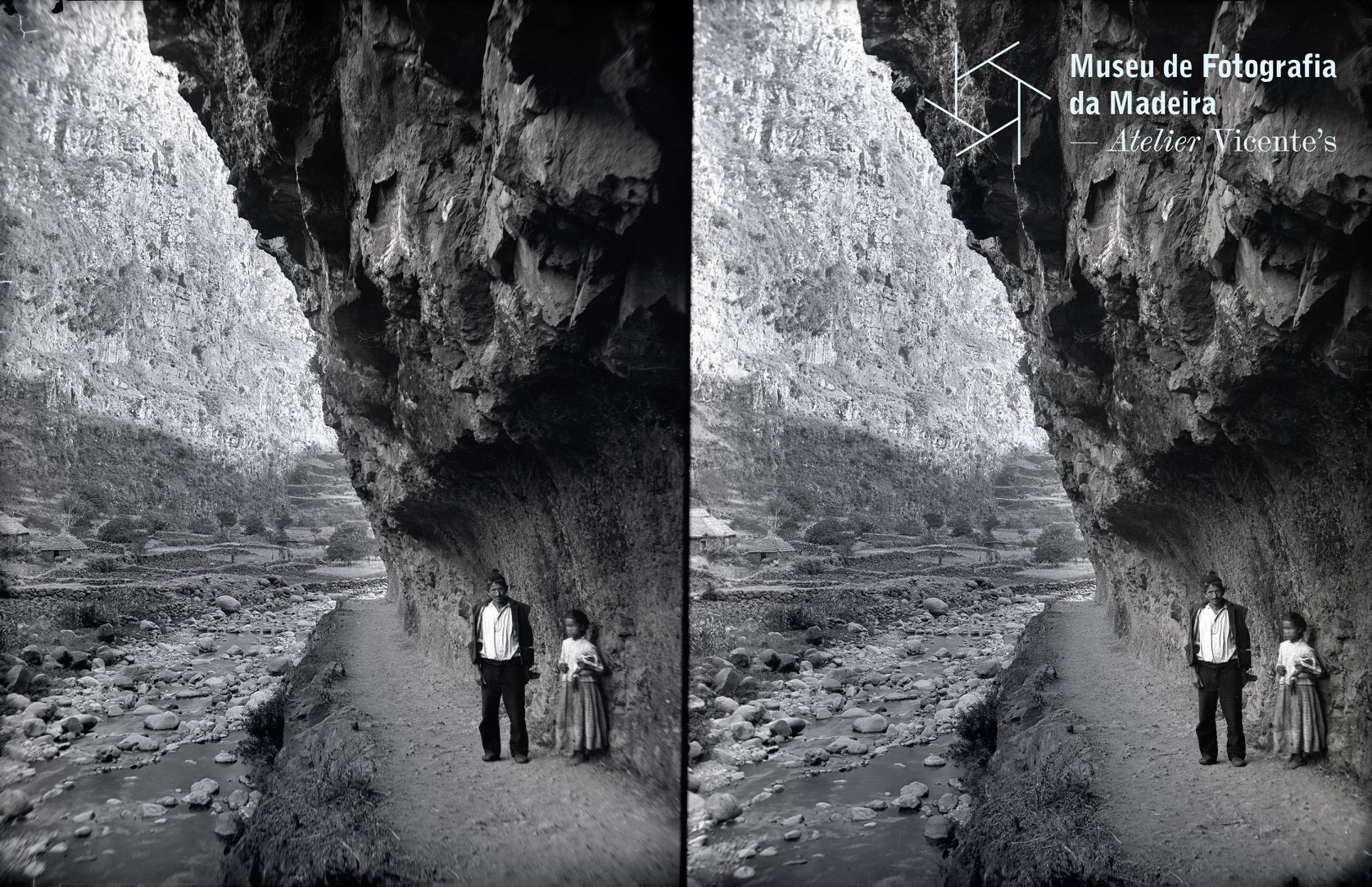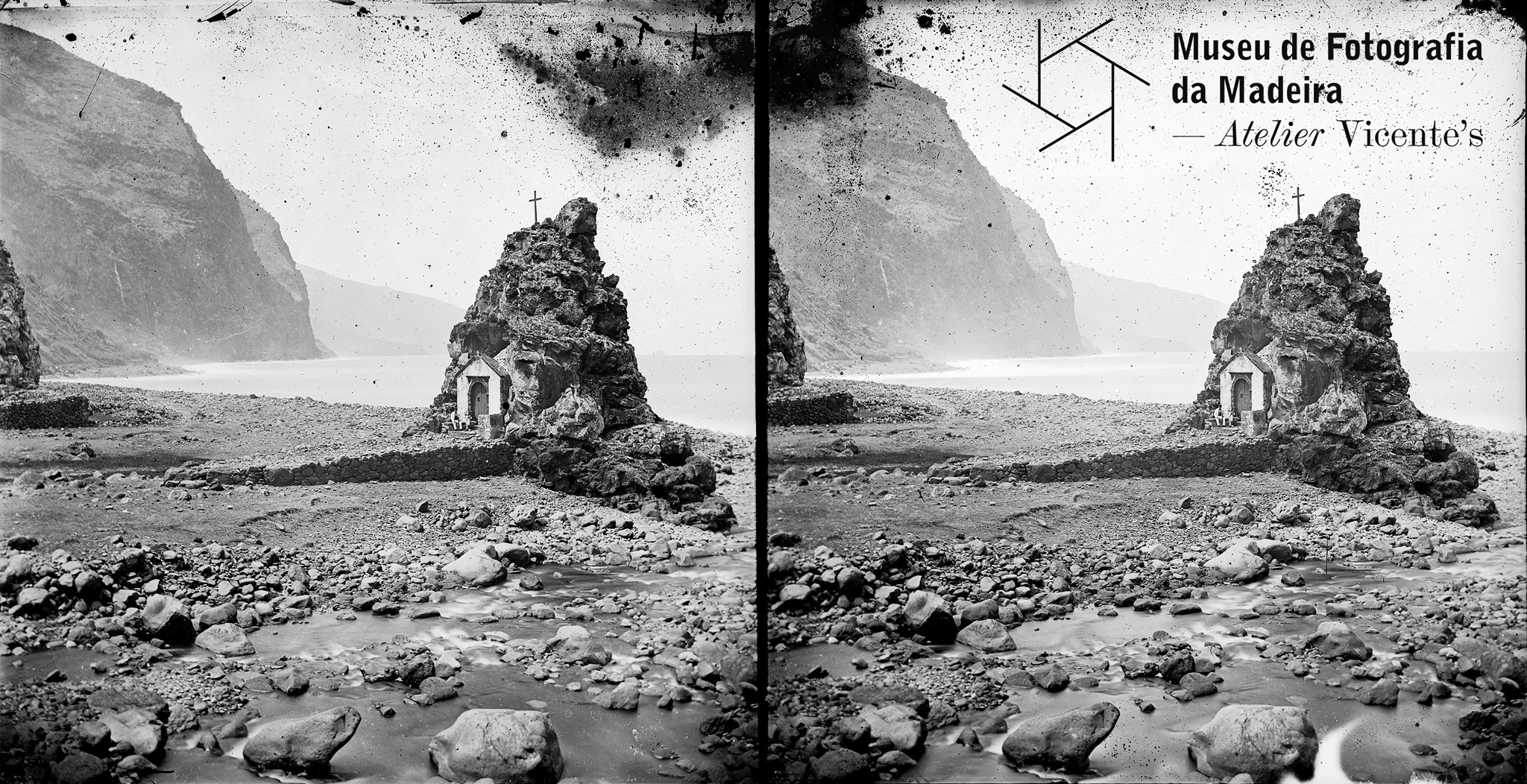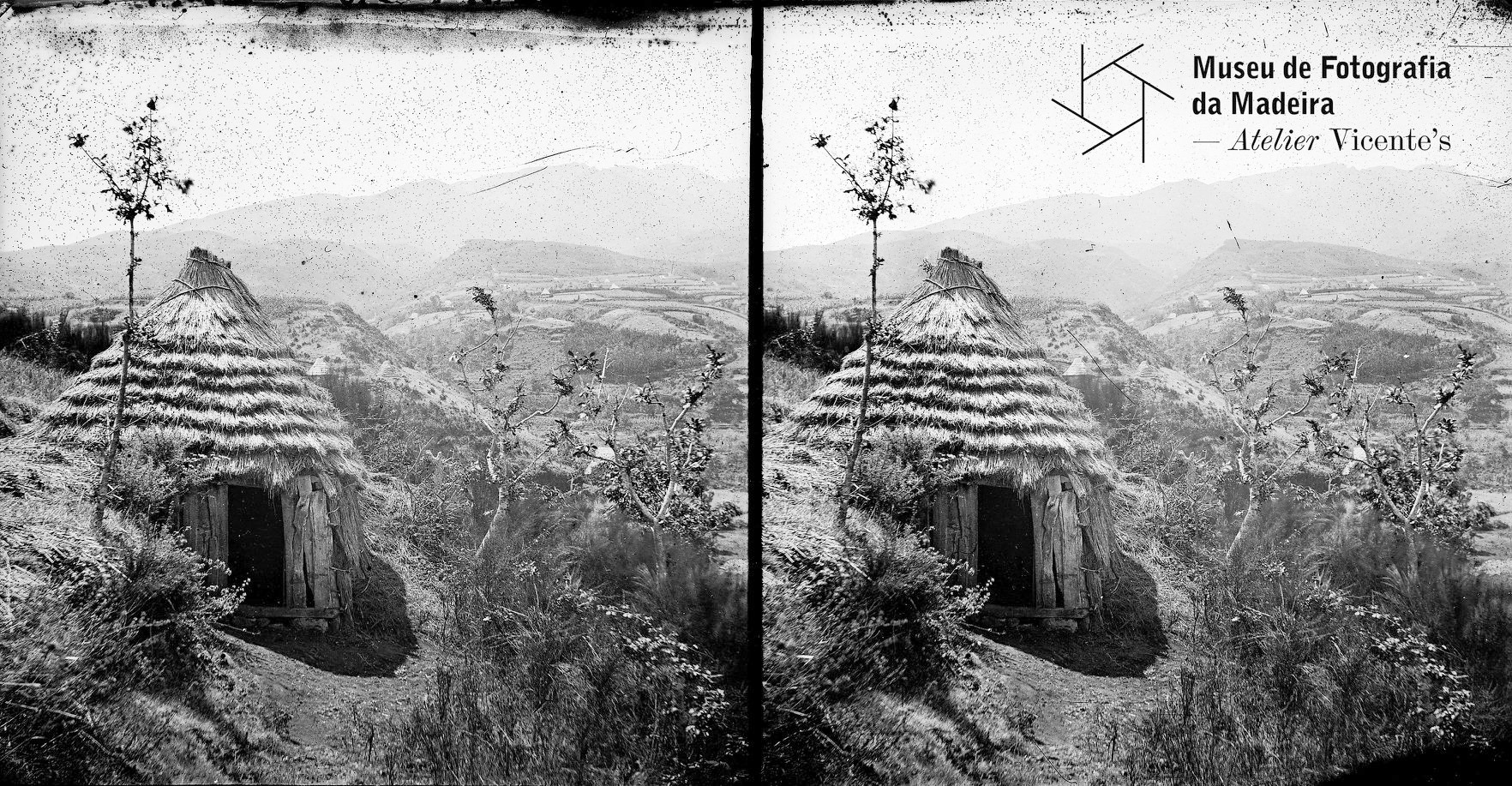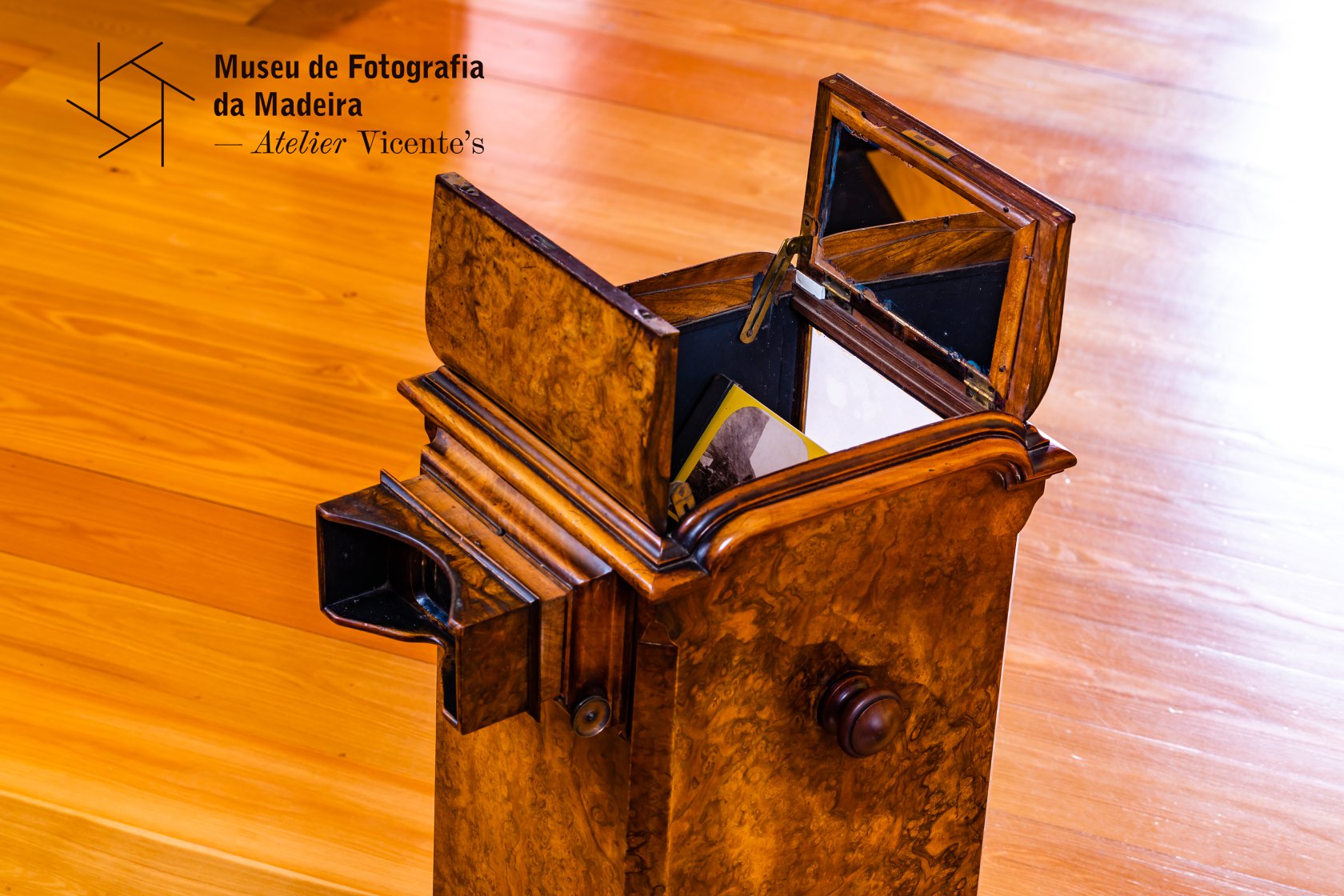A stereogram is a pair of almost identical images, which overlap when viewed through a binocular display built for that purpose (stereoscope), this way transmitting the sensation of three-dimensionality to the observer. The image is obtained in a single capture with a stereoscopic camera, a device that has two lenses, whose centers are approximately the same distance apart between the human eyes, thus simulating binocular vision.
The first developments in three-dimensionality area, date back to the renaissance, but the first stereoscopic device was invented only in 1832, by the British physicist Charles Wheatstone (1802-1875), who, however, still had no application in photography, which would only be announced to the world in 1839. Stereoscopic photography became possible when Jules Duboscq (1817-1886) presented stereoscopes of his manufacture at the Great London Exhibition in 1851, as well as a set of stereo daguerreotypes. From novelty to essential, it was just a step, and the stereoscope became the entertainment means of many homes in the late 19th century, not only due to the amazement caused by sence of depth of the image, but also by the pedagogical and scientific value of the thousands of images that were produced all over the world.
The “Museu de Fotografia da Madeira” has in its collection, a series of original stereoscopic images, captured by several regional and foreign photographers, namely Alexander Lamont Henderson, Augusto João Soares, Joaquim Augusto de Sousa, João António Bianchi and also Photographia Vicente. Attached to this publication are some of these stereograms and also a stereoscopic table display, made in English, which is shown in our museum.
Credits: Museu de Fotografia da Madeira - Atelier Vicente's.

Foto 1 | JOAQUIM AUGUSTO DE SOUSA | JAS/1073
Estrada Real 26 entre a Serra de Água e a Ribeira Brava, Concelho da Ribeira Brava | Anterior a 1899
10,7 x 16,4 cm | Negativo estereoscópico, vidro | Gelatina sal de prata

Foto 2 | PHOTOGRAPHIA VICENTE | VIC/218
Capela de São Vicente no Concelho de São Vicente | Segunda metade do séc. XIX
8,3 x 17,1 cm | Negativo estereoscópico, vidro | Gelatina sal de prata

Foto 3 | PHOTOGRAPHIA VICENTE | VIC/276
Palheiro com cobertura de colmo e paredes de madeira em local não identificado, na Ilha da Madeira| Segunda metade do séc. XIX
8,3 x 17,1 cm | Negativo estereoscópico, vidro | Gelatina sal de prata




Foto 4, 5 e 6 | Visor estereoscópico de mesa, em carvalho, fabricado em Londres, Inglaterra, entre 1866/ 1897, por Patrick Meagher, estabelecido em 1859 e um dos primeiros fabricantes de câmaras e visores deste tipo. No seu interior, estereoscopia em albumina, captada no Porto da Cruz entre 1863-1873, pela Photographia Vicente (Fotografia de Marco Gonçalves).

